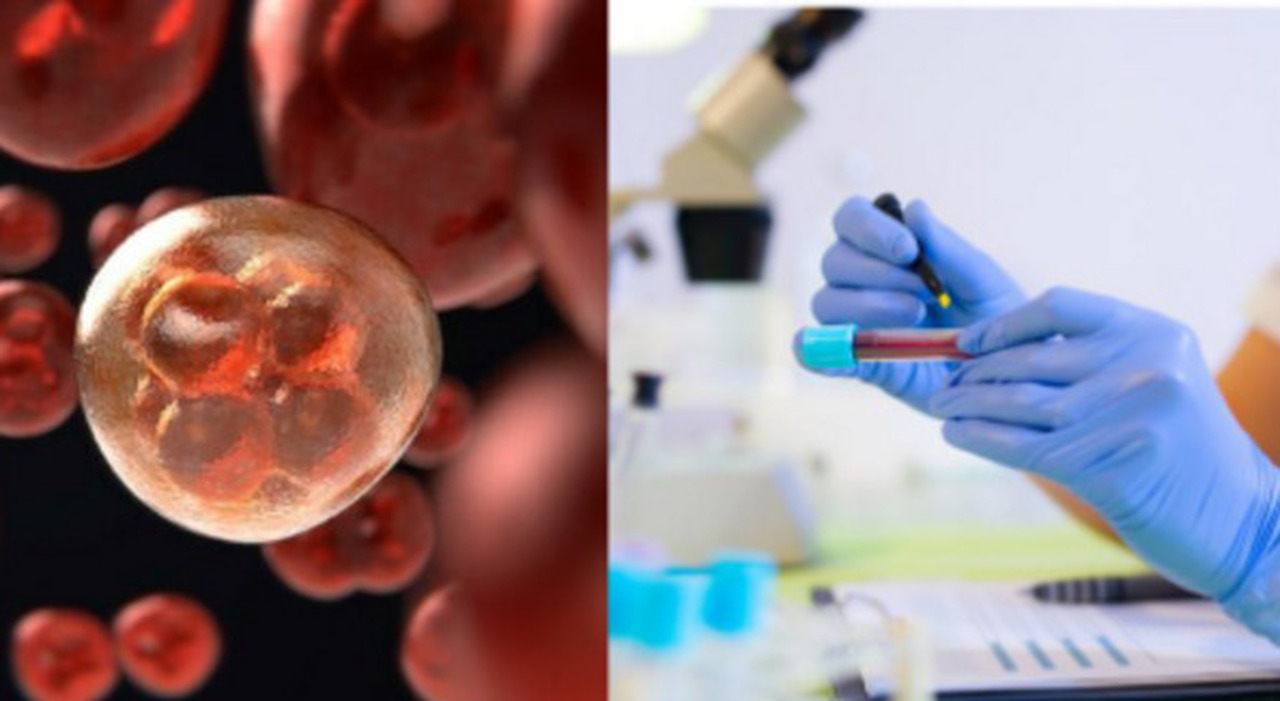Green light in Italy for the first and only therapy against a rare and aggressive type of blood cancer. The Italian Medicines Agency (Aifa) approved the reimbursement of tagraxofusp as monotherapy for the first-line treatment of patients with blast plasmacytoid dendritic cell neoplasm (BPDCN), a rare and poor prognosis blood cancer characterized by overexpression of the CD123 antigen.
This is the first and only specific therapy for this pathology, the result of research and development by Menarini Stemline. Italy is the second country in Europe to make the drug available, after Germany.
Aifa’s provision follows approval at the European level. “Before tagraxofuspthere were no authorized drugs in this neoplasm and, in clinical practice, intensive chemotherapy regimens were used normally used for the treatment of leukemia or lymphoma – he says Pier Luigi Zinzani, Full Professor of the Hematology Institute LA Seragnoli, Irccs S. Orsola-Malpighi, University of Bologna -. Blastic plasmacytoid dendritic cell neoplasm, however, is characterized by an intrinsic resistance to standard chemotherapy: the responses are often transient and the results obtained do not translate into advantages from the point of view of survival. These chemotherapy regimens are also associated with severe toxicities.”
The differences with Tagraxofusp therapy
Tagraxofusp is instead a targeted therapy, «first-in-class», which acts selectively against the CD123 antigen. In the pivotal study involving 89 patients, the drug resulted in an overall response of 75% and disease remission was 57%. 51% of patients in remission he then underwent a successful hematopoietic stem cell transplant.
Tagraxofusp “is able to bring the tumor into remission, which can then be consolidated with hematopoietic stem cell transplantation, thus improving the chances of recovery. The only treatment capable of achieving this important result is transplantation, but not all patients can undergo it – he explains Emanuele Angelucci, Director of the Complex Structure of Hematology and Cellular Therapies of the Irccs San Martino Hospital in Genoa -. Tagraxofusp may increase the number of patients who achieve remission without subjecting them to the toxicity of intensive chemotherapy and who, therefore, are candidates for transplantation.
A tagraxofusp study looks at the therapy’s efficacy as monotherapy in 65 treatment-naïve patients with BPDCN and 19 patients with relapsed/refractory disease. Learn about research led by our Dr. Naveen Pemmaraju: @doctorpemm #Research #EndCancer
— MD Anderson Cancer Center (@MDAndersonNews) February 22, 2023
The disease, which usually presents at the onset with multiple, infiltrating dark skin lesions, in its course can affect the bone marrow, central nervous system and lymph nodes, thus becoming a systemic pathology. It has a very low incidence, there are less than one hundred new cases every year in Italy, and this neoplasm has only recently found an adequate definition. Today it is classified under aggressive myeloid malignancies. In August 2019, the manufacturing company launched a Expanded Access Program (Eap) to guarantee patients access to tagraxofusp before its approval by the EMA and, at the same time, to collect data on its efficacy and safety in daily clinical practice.
«The drug – continues Angelucci – also showed a favorable risk-benefit profile in real life, with an efficacy that appears even higher than that reported in the registration trial. The preliminary results of the European Expanded Access Program (EAP) retrospective study, in which Italy also participated, were presented last December at the congress of the American Society of Hematology. The results of a preliminary analysis of data from 22 patients treated with tagraxofusp, 15 of whom were first-line, were reported. In these, the overall response was 87% and the complete remission rate was 67%. 50% underwent stem cell transplantation. These data are extremely satisfactory, given the aggressiveness of the pathology”.
